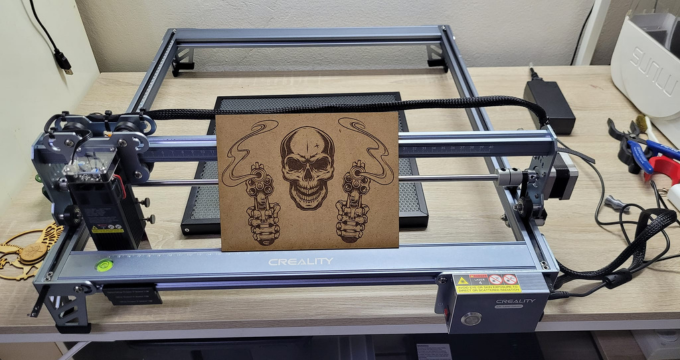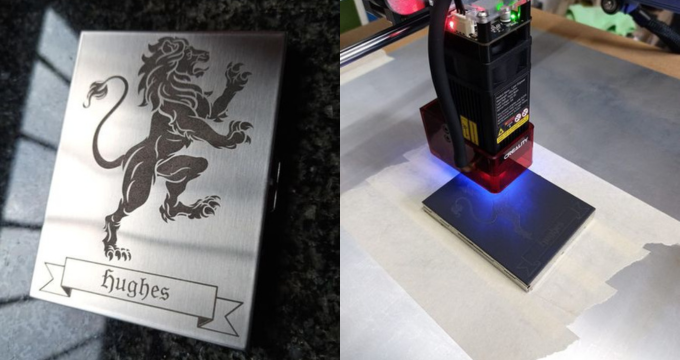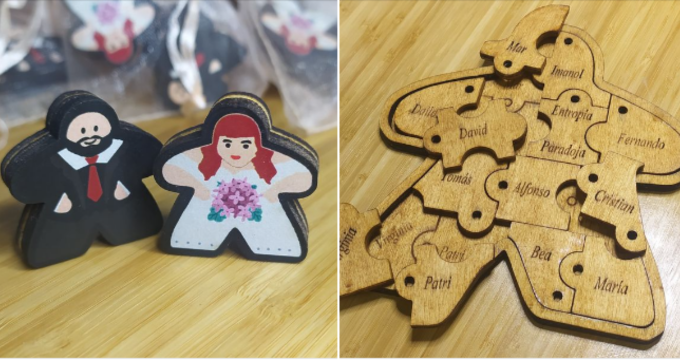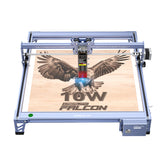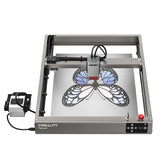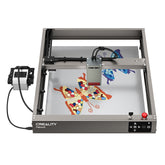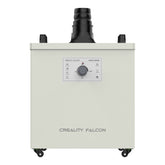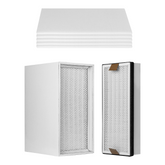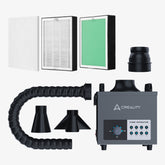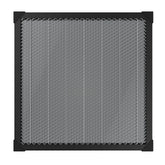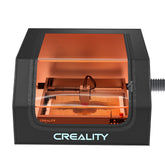Vinyl, a synthetic plastic material, is known for its versatility and durability, making it a popular choice for a range of applications, from record production to automotive wrapping. However, when it comes to laser cutting, is vinyl a safe and viable option? This article delves into the intricacies of using vinyl in laser cutting, starting with an explanation of what vinyl is, followed by an assessment of its suitability for laser cutting and potential alternatives.
What is Vinyl?
Vinyl, or Polyvinyl Chloride (PVC), is a widely used synthetic plastic polymer. It's known for its flexibility, durability, and resistance to environmental elements, which makes it popular in various industries, including construction, fashion, and music. Vinyl can be manufactured in both rigid and flexible forms, which adds to its versatility.
Can You Laser Cut Vinyl?
It's not recommended to laser cut vinyl. The primary reason lies in the composition of vinyl. When vinyl, which is made from PVC, is subjected to the intense heat of a laser, it releases chlorine gas. This toxic gas poses significant health risks and is also corrosive to laser cutting machinery.
Health Hazards
Chlorine gas can be extremely harmful to human health. It can cause respiratory problems, skin and eye irritation, and prolonged exposure may lead to more severe health conditions. The risk of chlorine gas makes it unsafe to laser cut vinyl in environments where people are present. Especially when vinyl is used to make children's toys. Children are more susceptible to the toxic effects of chemicals released from PVC. These chemicals can have a more pronounced impact on their developing bodies and can lead to serious health issues.
Equipment Damage
Aside from health risks, chlorine gas can also damage the laser cutting machine. It can corrode the internal components and optics, leading to expensive repairs and reduced lifespan of the equipment.
Safer Alternatives to Vinyl for Laser Cutting
Given the risks associated with vinyl, it's important to consider safer alternatives for laser cutting projects:
1. Polyethylene
Polyethylene is a safe alternative to vinyl for laser cutting. It doesn’t release harmful gases when subjected to laser cutting and is available in various densities for different applications.
2. Polypropylene
Another safe material for laser cutting is polypropylene. It's durable, flexible, and doesn't emit toxic gases when cut with a laser.
3. Specialty Laserable Materials
The market offers specialized materials formulated for laser cutting. These are developed to mimic the properties of vinyl while being safe for laser processing.
Conclusion
While vinyl is a versatile material, its composition makes it unsuitable and unsafe for laser cutting due to the release of toxic chlorine gas. Prioritizing safety and equipment longevity, it's advisable to opt for alternatives like polyethylene, polypropylene, or specially formulated laserable materials. Always prioritize safety and consult material safety data sheets before laser cutting any new material.
Understanding the materials' properties and associated risks is crucial in laser cutting, especially when creating items like toys that could impact children's health. Opting for safer alternatives ensures both successful project outcomes and peace of mind.
-
What is Vinyl?
-
Can You Laser Cut Vinyl?
-
Safer Alternatives to Vinyl for Laser Cutting
-
Conclusion
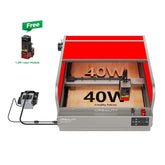





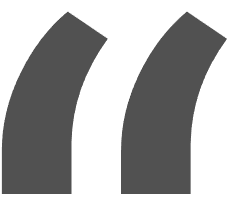 Greetings, greetings all. Love my 10w falcon. This thing exceeded my expectations like crazy. Works like a charm and so easy to build.
Greetings, greetings all. Love my 10w falcon. This thing exceeded my expectations like crazy. Works like a charm and so easy to build.
